List of areas in Tokyo with inexpensive rent and rent prices
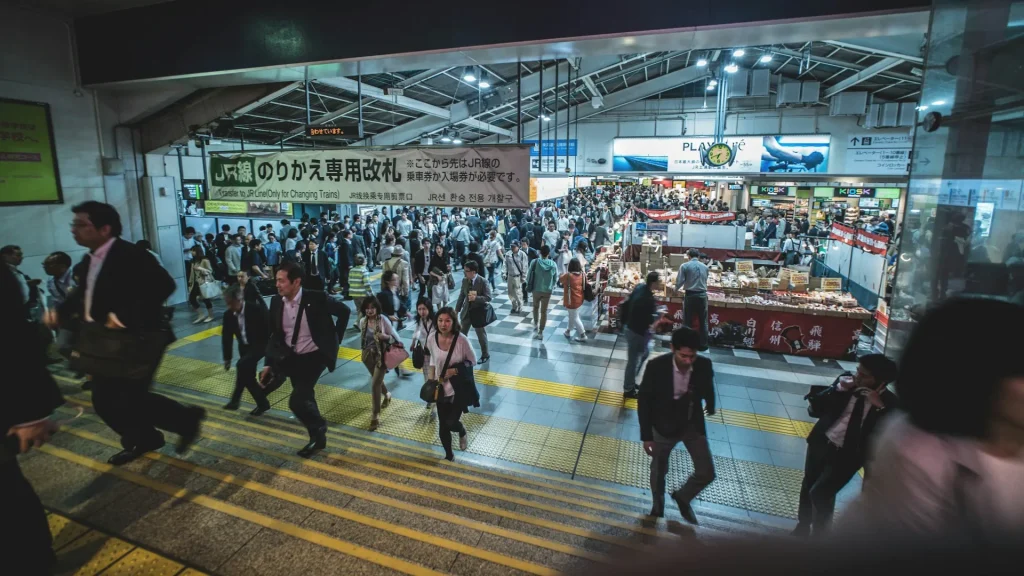
Many foreigners may be troubled by the high rent in Tokyo. In particular, if you are planning to start a new life in Tokyo or are thinking of living alone, rent may be one of your main concerns.
However, there are many areas in Tokyo where rent is surprisingly inexpensive. There are also plenty of options for reducing rent, such as shared houses and social apartments.
In this article, we will therefore introduce relatively inexpensive rent areas in Tokyo, divided into areas inside and outside the 23 wards. We will explain in detail the characteristics, attractiveness, and average rent of each area, so please take a look at them.
When considering living alone in Tokyo, not only rent but also utilities and other living expenses are important. If you would like to know more about the overall cost of living, please check out the following articles.
▶︎ How much does it cost to live alone in Tokyo? Detailed explanation of rent, utilities, etc.
▼Goandup Picks Click here for recommended articles!
- Required before studying abroad! Goandup Nihongo+, an online Japanese language learning service
- This page introduces services for foreigners who wish to study in Japan or improve their Japanese language skills to learn Japanese online.
- Goandup Salon" community for foreigners living in Japan
- We introduce an online community where foreigners living in Japan can exchange information and interact with each other to support their life in Japan.
- Goandup Study" supports foreigners who want to study in Japan.
- This section introduces study abroad support services that provide comprehensive support to foreigners who wish to study in Japan, from preparation for study abroad to living in Japan.
- Where can I buy a prepaid SIM in Japan? Recommended SIM cards for foreigners are also introduced.
- How to purchase a prepaid SIM and suitable SIM cards for foreigners.
- The Complete Guide to Pocket Wi-Fi in Japan for Foreigners!
- We introduce how to select and recommend pocket Wi-Fi products that can be used conveniently in Japan.
- The Complete Guide to Finding a Job in Japan! Finding a job, changing jobs, and part-time work for foreigners
- This site provides foreigners who want to work in Japan with comprehensive information on how to find a job, recommended job sites, and other information necessary to find a job.
Is rent in Tokyo expensive?
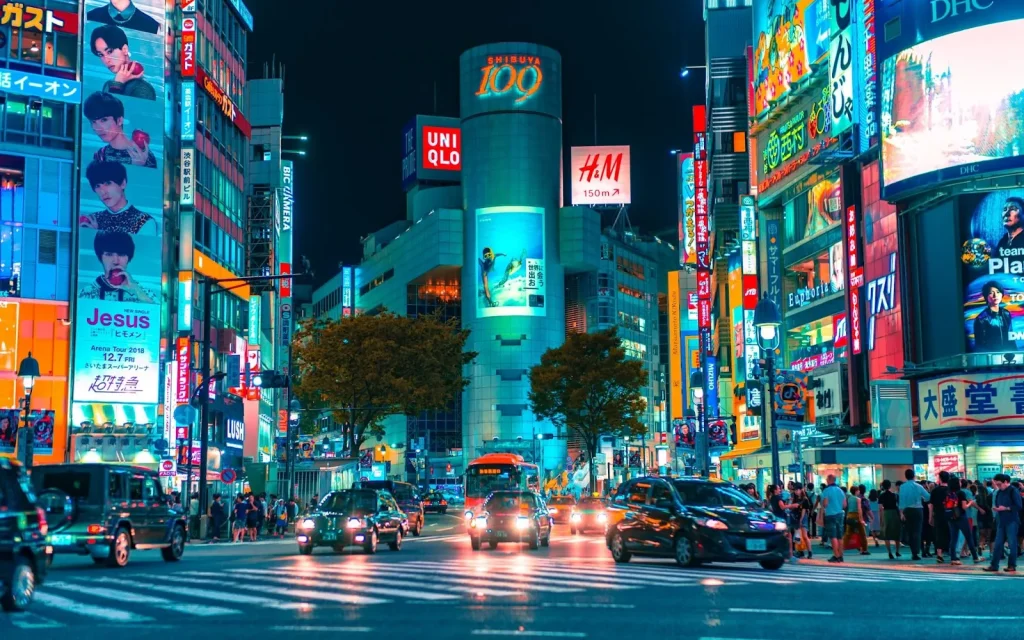
Tokyo is known as one of the most expensive areas in Japan in terms of rent; according to a 2022 survey, the average rent in Tokyo is about 190,000 yen, about twice the national average. Especially in popular areas such as Minato and Shibuya wards, rent for a studio-type property can exceed 200,000 yen.
However, even within Tokyo, rent prices vary considerably from area to area. There is a large difference in rent between central Tokyo and the suburbs, and it is not unusual for rents to differ by more than two times for properties of the same size.
Even within the same ward, rent varies greatly depending on the distance from the station and the type of building. For example, the rent price of a newly built luxury apartment is completely different from that of an older apartment.
In other words, rent in Tokyo is not generally expensive. It is important to choose an area and property that fits your budget and desires. In the next section, we will look at specific areas in Tokyo where rent is relatively inexpensive.
Areas in 23 wards where rent is inexpensive
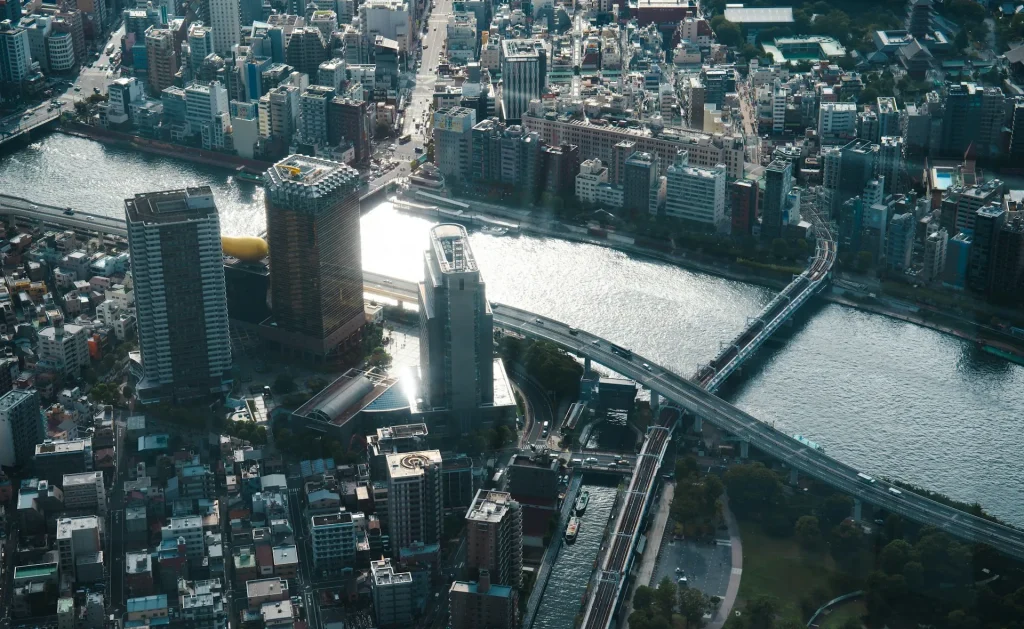
We pick up areas in Tokyo's 23 wards where rent is inexpensive and introduce the characteristics of each area and the average rent by floor plan.
Katsushika-ku, Tokyo (average rent: 91,200 yen)
Katsushika-ku is located in the eastern part of Tokyo and has a population of about 450,000. The Keisei Main Line and the Keisei Kanamachi Line provide good access to central Tokyo.
The average rent by floor plan is as follows
- One room: 56,000 yen
- 1K/1DK: 71,000 yen
- 1LDK/2K/2DK: 83,000 yen
- 2LDK/3K/3DK: 110,000 yen
- 3LDK/4K~: 136,000 yen
Katsushika-ku is an area that retains a strong downtown atmosphere, and the cost of living is low. It is also relatively safe and popular among families.
It is also characterized by many large commercial facilities and parks within walking distance. It is a highly convenient area with easy access from central Tokyo.
Adachi-ku (average rent 92,400,000 yen)
Adachi-ku is located in the northeastern part of Tokyo with a population of approximately 680,000. The Tobu Skytree Line and the Tokyo Metro Chiyoda and Hibiya Lines provide convenient access to central Tokyo.
The average rent by floor plan is as follows
- One room: 65,000 yen
- 1K/1DK: 71,000 yen
- 1LDK/2K/2DK: 87,000 yen
- 2LDK/3K/3DK: 109,000 yen
- 3LDK/4K~: 130,000 yen
Adachi-ku is known as a relatively inexpensive area in Tokyo. On the other hand, it used to have an image of not being a very safe area, but this has been improving in recent years.
It has an attractive downtown atmosphere and a well-developed shopping district. The area is becoming increasingly popular, especially among the younger generation.
Edogawa-ku, Tokyo (average rent 95,400 yen)
Edogawa-ku is located on the eastern edge of Tokyo and has a population of about 700,000, the largest among the 23 wards. Although it is a bit far from the center of Tokyo, access to the city center is not bad, with the Toei Shinjuku Line and Tozai Line running through the city.
The average rent by floor plan is as follows
- One room: 60,000 yen
- 1K/1DK: 70,000 yen
- 1LDK/2K/2DK: 87,000 yen
- 2LDK/3K/3DK: 115,000 yen
- 3LDK/4K~: 145,000 yen
The area has many parks along the river, and a sense of nature is one of its attractions. The area is also safe, which is not bad for a 23 wards area, and is popular among families.
Nerima Ward, Tokyo (average rent 102,000 yen)
Nerima Ward is located in the western part of Tokyo and has a population of approximately 730,000, the second largest among the 23 wards. The Seibu Ikebukuro Line and the Tokyo Metro Yurakucho and Fukutoshin Lines provide convenient access to Ikebukuro.
The average rent by floor plan is as follows
- One room: 63,000 yen
- 1K/1DK: 73,000 yen
- 1LDK/2K/2DK: 105,000 yen
- 2LDK/3K/3DK: 122,000 yen
- 3LDK/4K~: 138,000 yen
Nerima Ward is a relatively inexpensive area for rent within the 23 wards of Tokyo, but the area is conveniently located around stations and has a wide range of large commercial facilities. The area is popular among families and students.
The district is also known as a sacred place for anime and is famous among anime fans.
Itabashi-ku (average rent 10.32 million yen)
Itabashi Ward is located in the northern part of Tokyo with a population of approximately 560,000. It is served by the Toei Mita Line and the Tobu Tojo Line, providing easy access to Ikebukuro.
The average rent by floor plan is as follows
- One room: 65,000 yen
- 1K/1DK: 75,000 yen
- 1LDK/2K/2DK: 99,000 yen
- 2LDK/3K/3DK: 125,000 yen
- 3LDK/4K-: 152,000 yen
Itabashi Ward has rent prices that are in the middle of the 23 wards, but it offers convenient access to the city center and still has a lot of nature.
It is also a highly convenient area with a shopping district and a variety of restaurants. It is popular among people of all ages, from families to singles.
Reference:Find information on rent and market rent in Tokyo|suumo
Areas with low rent outside of 23 wards
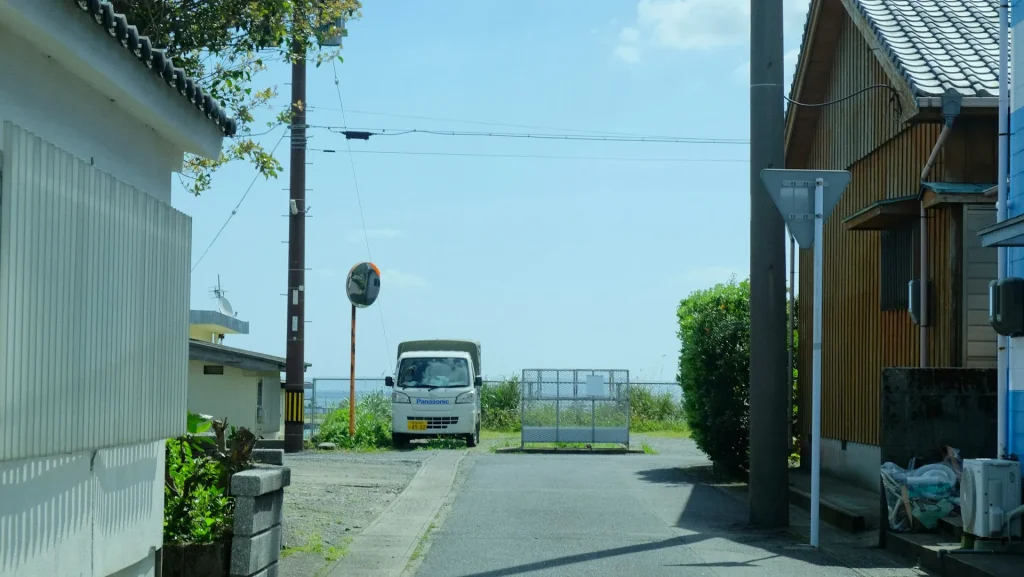
Looking outside the 23 wards, rent prices are much lower than in the central Tokyo area. There are many areas with a lot of nature, and many of them are characterized by a relaxed lifestyle. Here we pick up five areas outside the 23 wards where rent is particularly inexpensive.
Looking outside the 23 wards, rent prices are much lower than in the central Tokyo area. There are many areas with a lot of nature, and many of them are characterized by a relaxed lifestyle. Here we pick up five areas outside the 23 wards where rent is particularly inexpensive.
Ome City (average rent 52,200,000 yen)
Ome City is located in the western part of Tokyo and has a population of approximately 130,000 people. the JR Ome Line runs through the city, providing access to Shinjuku in as little as 58 minutes.
The average rent by floor plan is as follows
- One room: 30,000 yen
- 1K/1DK: 44,000 yen
- 1LDK/2K/2DK: 53,000 yen
- 2LDK/3K/3DK: 62,000 yen
- 3LDK/4K~: 72,000 yen
Ome City is blessed with abundant nature and a peaceful atmosphere that makes it hard to believe that it is in the center of the city. Although access to the city center takes a little time, this area is recommended for those who want to lead a relaxed lifestyle.
Akiruno City (average rent 552,000 yen)
Akiruno City is located on the western edge of Tokyo with a population of about 80,000, and is served by the JR Itsukaichi Line, providing access to central Tokyo in about one hour.
The average rent by floor plan is as follows
- One room: 38,000 yen
- 1K/1DK: 47,000 yen
- 1LDK/2K/2DK: 53,000 yen
- 2LDK/3K/3DK: 63,000 yen
- 3LDK/4K~: 75,000 yen
While the low rent is attractive, the disadvantage is that it takes a little time to get to the city center. However, the abundance of nature and the ability to lead a relaxed lifestyle are major attractions.
The area offers rich nature including Akigawa Canyon and hot springs. Recommended for those who want to enjoy nature while living at a reasonable rent.
Musashi Murayama City (average rent 56,400,000 yen)
Musashi Murayama City is located in the northwestern part of Tokyo and has a population of approximately 70,000. The Tama Monorail line runs through the city, providing access to Tachikawa Station in 18 minutes.
The average rent by floor plan is as follows
- One room: 40,000 yen
- 1K/1DK: 41,000 yen
- 1LDK/2K/2DK: 56,000 yen
- 2LDK/3K/3DK: 65,000 yen
- 3LDK/4K~: 80,000 yen
Access to the city center is a bit inconvenient in Musashimurayama City, but the low rent is attractive. There are many parks and green areas in the city, so you can enjoy a relaxing life with a sense of nature.
Fussa City (average rent 576,000 yen)
Fussa City is located in the western part of Tokyo with a population of approximately 58,000, and is served by the JR Ome Line, providing access to Shinjuku in as little as 45 minutes.
The average rent by floor plan is as follows
- One room: 35,000 yen
- 1K/1DK: 45,000 yen
- 1LDK/2K/2DK: 58,000 yen
- 2LDK/3K/3DK: 68,000 yen
- 3LDK/4K~: 82,000 yen
Fussa City is known for its large number of American residents. Because the U.S. Yokota Air Base is located nearby, the city is characterized by its American atmosphere.
There are many English-speaking stores, so it is an easy area for foreigners to live. Although the area is a little far from the city center, there is a lot of nature and you can enjoy a relaxing life.
Hamura City (average rent 5.84 million yen)
Located in the western part of Tokyo, Hamura City has a population of approximately 56,000 and is served by the JR Ome Line, providing access to Shinjuku in as little as 45 minutes.
The average rent by floor plan is as follows
- One room: 45,000 yen
- 1K/1DK: 46,000 yen
- 1LDK/2K/2DK: 58,000 yen
- 2LDK/3K/3DK: 64,000 yen
- 3LDK/4K~: 79,000 yen
Hamura City is an area that offers a good balance between access to the city center and low rent. One of the attractions of this area is that there are many parks and green areas along the Tama River, allowing residents to live while feeling nature.
The city also offers a wide variety of large commercial facilities and restaurants, making it a very convenient place to live. This area is recommended for those who want to lead a relaxed lifestyle while placing importance on access to the city center.
Many people may feel that rent in Tokyo is expensive. But what about areas outside of Tokyo? If you are interested in the rent prices in each prefecture, please check the following articles.
▶︎ Which prefectures have the cheapest rent in Japan? Compare rent prices by region
Reference:Find information on rent and market rent in Tokyo|suumo
【 Basic tips to reduce rent in all areas common 】 Tokyo

So far, we have introduced areas in Tokyo where rent is relatively inexpensive, but when you actually look for a property, you will find differences in rent even within those areas.
Here are some basic tips for reducing rent that can be used in any area of Tokyo. Keep in mind the key points to make your rent as low as possible while also taking your quality of life into consideration.
1. find a property away from the station
The closer to the station, the higher the rent tends to be. 逆に say, just a short distance away from the station, the rent can be reduced significantly.
A 10-minute walk will not be too inconvenient. If you use a bicycle or bus, you can extend your range even further.
However, if the property is too far from the station, it may interfere with daily life. It is important to choose a property while considering the balance between commuting time and convenience such as shopping.
2. look for properties other than reinforced concrete
In general, rent is set higher for properties constructed of reinforced concrete. This is due to their superior earthquake resistance and sound insulation.
On the other hand, wooden or lightweight steel-frame construction tends to be relatively inexpensive in terms of rent. However, there are some disadvantages, such as the transmission of sound and vibration, so check the surrounding environment carefully before making a decision.
3. look for a property that is easily disturbed by noise, such as near a main street or railroad tracks
Noise is one of the major factors that can lower rents. Rents tend to be lower on main streets, near railroad tracks, and under airplane routes.
However, in some cases, sound may be more bothersome than expected when actually living in the house, so it is recommended to check the site in advance. It is also important to check whether soundproofing measures are sufficient.
4. find a small property
Since rent tends to be proportional to the size of the room, the smaller the room, the lower the rent. 1R (studio), 1K (one room with kitchen), and other compact floor plans are also available.
However, if it is too small, it may be too difficult to live in. It is important to choose a size that is comfortable for your lifestyle and the amount of luggage you have.
5. find a property without a separate washbasin
Rent tends to be lower for apartments without a separate washbasin. A washbasin is convenient to have, but even if you don't have one, you can use the water supply in the kitchen or bathroom without any problems.
However, some may find it more convenient to have a separate washbasin for getting ready in the morning. Decide your priorities according to your lifestyle.
These are some basic tips for reducing rent in Tokyo.
While keeping these points in mind, it is important to choose a property that suits your lifestyle. Even if the rent is a little higher, it may be possible to prioritize an environment where you can live comfortably.
逆に, if you are looking to keep rent as low as possible without significantly compromising your quality of life, we recommend that you focus on these points when looking for a property.
Shared houses and social apartments are also recommended.
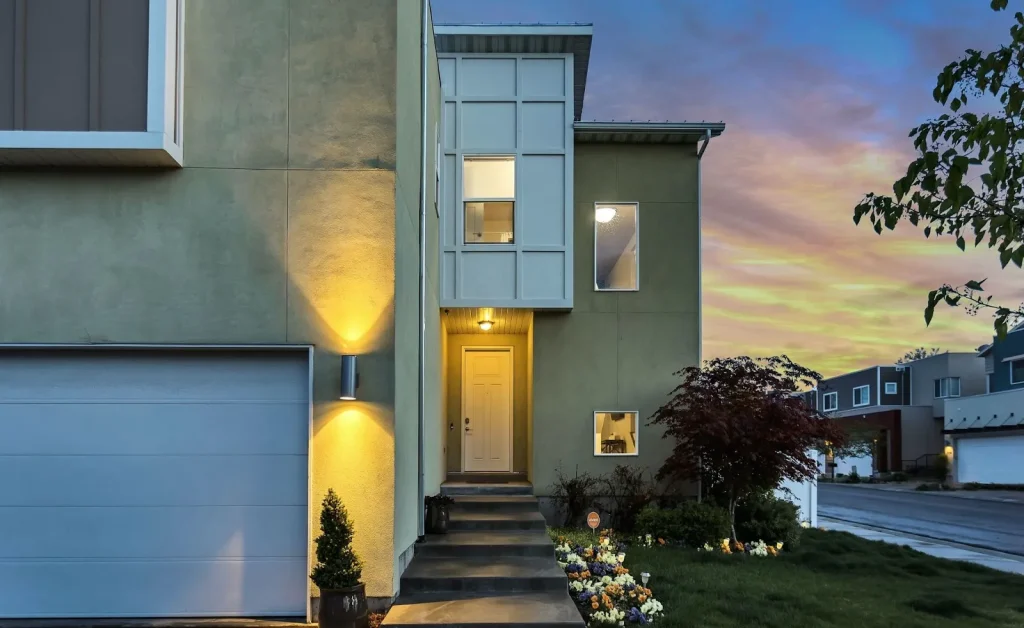
If you want to keep rent low in Tokyo, share houses and social apartments are another option. There are several characteristics of share houses and social apartments in Japan, so let's take a closer look.
Characteristics of Japanese Sharehouses
Japanese share houses have some characteristics that differ slightly from Western room-sharing houses. First, the size of private rooms is relatively small, often around 6 tatami mats. In addition, the rooms are furnished to a certain degree with furniture and appliances, making it easy to move in with ease.
Common areas include living rooms, kitchens, and bathrooms, the extent of which varies from property to property. Some relatively new properties offer spacious living rooms and stylish kitchens.
On the other hand, older properties may have simple construction of common areas, so it is recommended to check well in advance.
Many foreigners as well as Japanese live in share houses in Japan. They are especially popular among international students and language school students. In a share house where a mix of Japanese and foreigners live together, you will be able to enjoy international exchange while living in a share house.
In share houses for foreigners, there are staff who can respond in English, and multilingual information is available.
There are many share houses in Tokyo that are friendly to foreigners. If you are looking for a share house with inexpensive rent that is also comfortable for foreigners to live in, please refer to the following article.
▶︎ 5 foreigner friendly share houses in Tokyo - you can find a cheap house!
Characteristics of Social Apartments in Japan
Social apartments in Japan are similar to share houses, but there are some differences. First, the private rooms are larger than share houses, ranging from 1K to 1LDK in size. Also, the private rooms are fully furnished with furniture and appliances, so privacy is well protected.
Shared areas tend to be more extensive than in share houses. Some properties offer fashionable lounges, coworking spaces, gyms, and theater rooms, creating an environment where residents can easily interact with each other.
Social apartments are characterized by the large number of working people living in them as well as students. Events and parties are held regularly in the common areas, and they are popular among those seeking new encounters and stimulation.
Social apartments are also a comfortable place for foreigners to live. It is not unusual for many of the residents to be non-Japanese, so even if you are not accustomed to living in Japan, you will be able to live in a safe environment.
In fact, there are many foreigner-friendly social apartments in Tokyo. If you are interested, please check out the following article for more specific information.
▶︎ Five foreigner-friendly social apartments in Tokyo!
However, a shared house or social apartment is a different way of living than living alone. It is important to carefully consider whether or not they suit your privacy and lifestyle before choosing one.
Summary: There are rooms with low rent in Tokyo.
Tokyo has an image of high rent prices, but there are many places where you can live at relatively reasonable prices in some areas.
Compared to the central Tokyo area, living convenience may be somewhat lower. However, if you look for the charms of each area, you will find that you can enjoy them in a different way than in the city center.
Is keeping rent down your top priority, or do you value convenience even if rent is a little higher? It is important to determine your priorities according to your lifestyle.
Please use the points outlined in this article to find the right property for you.
Your support will help us!
Thank you for visiting Goandup Picks. Our mission is to provide you with more useful information to show the world what Japan has to offer.
Your support will help us to further enhance our activities, so please support us!






